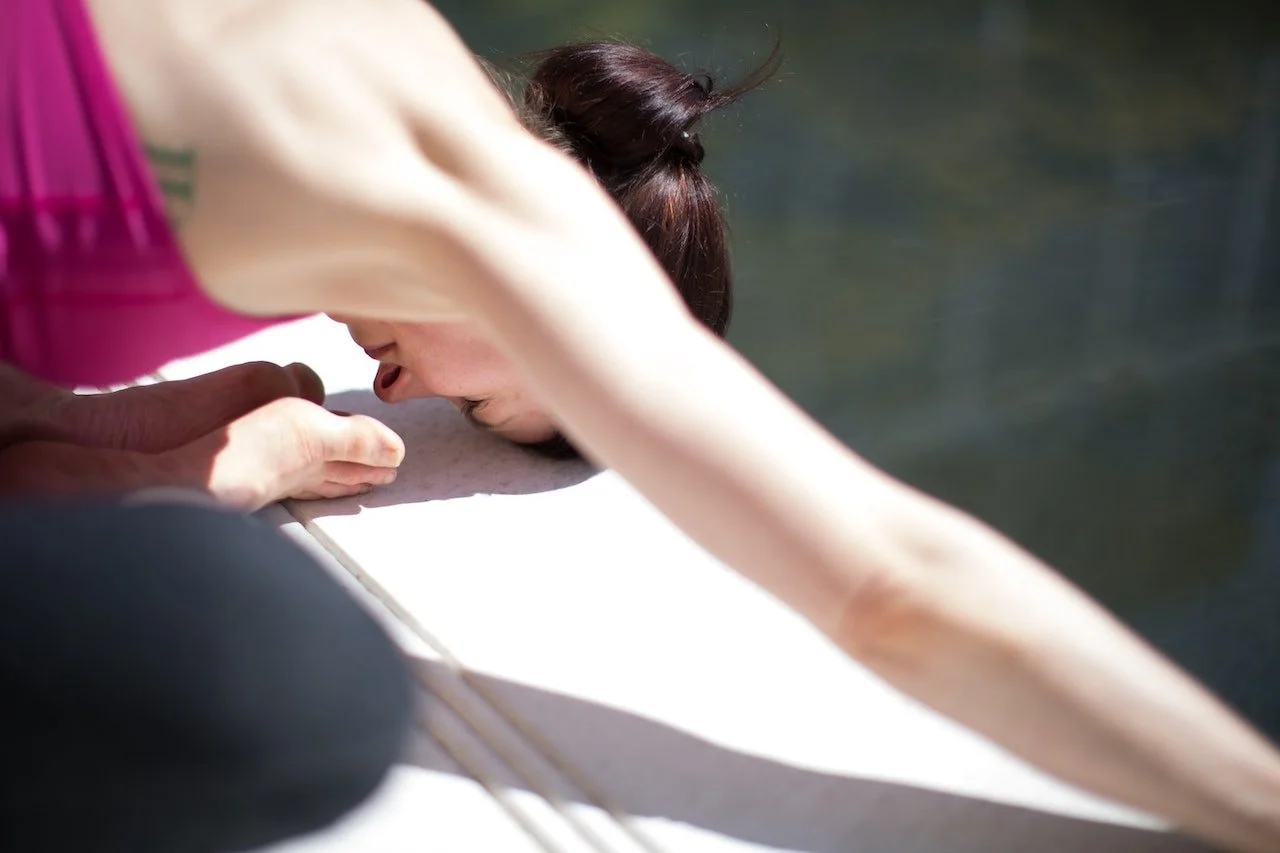YOGA
Hand Yoga and 6 Poses to Benefits Hands, Fingers and Wrists

Table of Contents
What is hand yoga?
Hand yoga is referring to certain yoga postures that exercise your finger, hands and wrists, it is also referring to specific hand gestures, aiming to facilitate the energy movement to promote the health of the mind and body, and the hand gestures are called Mudra.
Mudra, a Sanskrit word, means a symbolic hand gesture that has the power of producing joy and happiness. Mudras were characterized by ancient yogis as energy flowing postures meant to connect individual force with universal force. A Mudra can be a simple hand gesture or it can encompass the entire body in a combination of asanas.
What are the benefits of hand yoga?
It has been proved that regular practice of hand yoga not only contribute to one’s overall good health of hands, fingers and wrists, but can be used as a preventive measure as well. Additionally, hand yoga has the ability to influence energy of inner body, it helps link our brain to the body, soothe pain, stimulate release of endorphins, change the mood and increase our vitality. The following list three major hand yoga benefits to our physical health.
1. Hand yoga helps prevent injury by increasing flexibility of hands, fingers and wrists.
2. Hand yoga promotes strength and mobility.
3. Hand yoga increase blood flow and achieve emotional balance.
6 Poses to Benefits Hands, Fingers and Wrists, and step by step instructions
1. Alternative nostril breathing
- Sit in a comfortable position or in lotus pose.
- Place left hand on left knee, and lift right hand up toward right nostril.
- Exhale thoroughly and then use right thumb to close your right nostril.
- Inhale through left nostril and then close left nostril with your fingers.
- Open right nostril and exhale completely this side.
2. Eagle pose
- Start from mountain pose, then transfer your weight into your left foot.
- Lift your right foot up off the ground, cross your right thigh over your left thigh.
- Bring both arms out in front of you while parallel to the floor.
- Bend your arms and cross the left arm over the right, hooking them up at the elbows.
- Lift the elbows to the height of your shoulders, while keep your spine perpendicular to the floor.
- Hold for a few breathes and release.
3. Cobra pose
- Start from lying on your stomach, hands underneath the shoulders, elbows close to the body.
- As you inhale, lift your chest from the back, at the same time roll the collarbones up and firm the shoulder blades into the upper back, slightly down along the spine.
- Lift your head last, open your heart, with no weight in the hands yet.
- Come down again as you exhale.
4. Balancing table pose
- Start on your hands and knees, and gaze downward
- Draw your belly towards your spine and extend your left arm forward.
- Extend your right leg back.
- Hold for a few breathes and repeat on the opposite side
5. Reverse table pose
- Start from sitting with your legs straight in front of you.
- Bend your knees so that both your feet are on the ground.
- Place your hands behind you on the mat, shoulder-width apart, fingers pointing towards you.
- Lift your hips while you are pressing firmly onto your hands and feet. Straighten your arms till your knees are at a 90 degree angle and torso are parallel to the floor. The most important thing is your wrists should be directly underneath your shoulders.
- Keep your neck neutral and hold for a few breathes, then release.
6. Downward facing dog pose
- Start from table position, press into the hands and begin to lift the hips up towards the ceiling.
- Spread the fingers wide apart with the middle finger facing forward, and the palms shoulder width apart. Press the out through the fingers and edges of the hands.
- Press the hips up and lift up through the tailbone to keep the spine straight and long.
- Press the heels into the floor feeling a stretch in the back of the legs.
- The legs are straight, or you can have a small bend at the knees to keep the back flat.
-

 GENERAL1 week ago
GENERAL1 week agoChristofle – For Those Who Dream of Family Heirloom Silver
-

 GENERAL2 months ago
GENERAL2 months agoUncovering the World of кинокрадко: The Dark Side of Film Piracy
-

 GENERAL3 weeks ago
GENERAL3 weeks agoUnveiling the Art of преводсч: How Translators Bridge Language Barriers
-

 SPORTS2 months ago
SPORTS2 months agoDiscover the World of Football with Streameast: Watch Your Favorite Leagues and Tournaments























